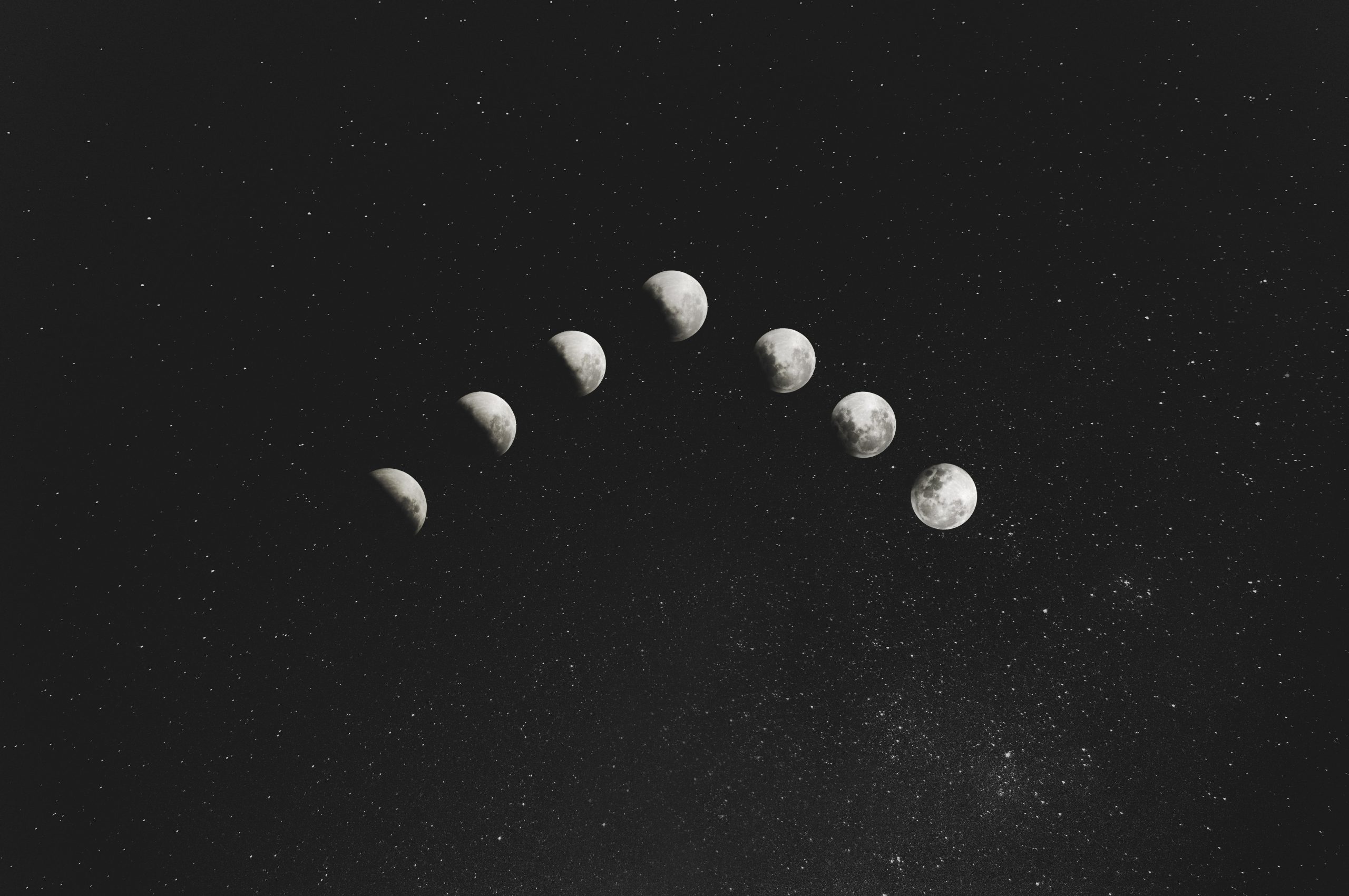What is a Half Moon Tide Called?
As we stand on the coastlines of our world, watching the ebb and flow of the ocean, we often witness a mesmerizing phenomenon. The tides, driven by the gravitational forces of the moon and the sun, create a dance of water that never fails to capture our attention. Among the various types of tides, one that stands out is the half moon tide. But have you ever wondered what a half moon tide is called? In this blog post, we will delve into the fascinating world of oceanic tides, explore the mechanisms behind the half moon tide, and uncover its unique name.
An Introduction to Oceanic Tides
Tides are the rise and fall of sea levels caused by the gravitational forces exerted by the moon, sun, and other celestial bodies. As the moon orbits around the Earth, its gravitational pull draws the water towards it, resulting in a bulge on the side facing the moon. On the opposite side of the Earth, another bulge is created due to the centrifugal force generated by the rotating Earth. These two bulges give rise to high tides.
As the Earth rotates on its axis, different locations come under the influence of these tidal bulges, causing the water levels to rise and fall cyclically. The frequency and magnitude of tides vary depending on several factors such as the position of the moon, the sun, and the topography of the coastline.
Understanding the Phases of the Moon
To comprehend the concept of a half moon tide, it’s essential to have a basic understanding of the moon’s phases. The moon goes through a complete cycle of eight phases, each lasting approximately 29.5 days. These phases are a result of the relative positions of the Earth, moon, and sun.
The lunar cycle begins with the new moon, where the moon is not visible from Earth because it is in conjunction with the sun. As the moon orbits the Earth, we gradually start to see a thin crescent on the right or left side. This phase is called the waxing crescent. As the days progress, the crescent expands, and eventually, we witness a fully rounded moon, referred to as the full moon. After that, the process reverses, starting with a waning gibbous followed by a third-quarter moon, a waning crescent, and finally returning to the new moon phase.
The Connection between Moon Phases and Tides
As previously mentioned, the moon’s gravitational pull plays a significant role in creating the tides. The combined gravitational forces of the moon and the sun result in two distinct types of tides: spring tides and neap tides.
Spring Tides: These are the highest and lowest tides that occur twice a month, during the full and new moon phases. During the full moon, the Earth, moon, and sun are aligned in a straight line. The combined gravitational pull of the moon and the sun enhances the tidal bulges, resulting in exceptionally high high tides and low low tides.
Neap Tides: These tides occur when the sun, Earth, and moon form a right angle, during the first and third quarter moon phases. During this time, the gravitational forces of the moon and the sun partially cancel each other out, leading to lower tidal ranges. The high tides are not as high, and the low tides are not as low.
The Name of the Half Moon Tide
Now that we have covered the basics of tides and moon phases, we can explore the unique name given to the half moon tide. During the first and third quarter moon phases, the moon appears as a half-rounded shape when viewed from Earth. This is where the term ‘half moon tide’ originates.
However, in scientific terminology, the half moon tide is known as a ‘neap tide.’ The term ‘neap’ is derived from the Middle English word ‘neep,’ meaning ‘scant’ or ‘deficient.’ A neap tide is characterized by its lower tidal range compared to spring tides. The gravitational forces of the sun and the moon work against each other, resulting in a moderate tidal variation.
The Impact of Half Moon Tides
Despite neap tides having a smaller tidal range, they still play a significant role in coastal ecosystems and human activities. Neap tides are particularly beneficial for activities such as boating, as the lower tidal range makes navigation through shallow areas easier and safer. Additionally, neap tides have a less erosive impact on coastal structures and habitats compared to spring tides, allowing for a more stable environment for marine and terrestrial organisms.
Conclusion
Half moon tides, scientifically referred to as neap tides, offer a unique perspective on the dance of nature that takes place in our oceans. Understanding the relationship between moon phases and tides is not only intellectually fascinating but also crucial for activities revolving around coastal regions. Next time you find yourself observing the mesmerizing power of the tides, remember that even the seemingly ordinary half moon tide carries a wealth of scientific knowledge beneath its surface.
Table of Contents
